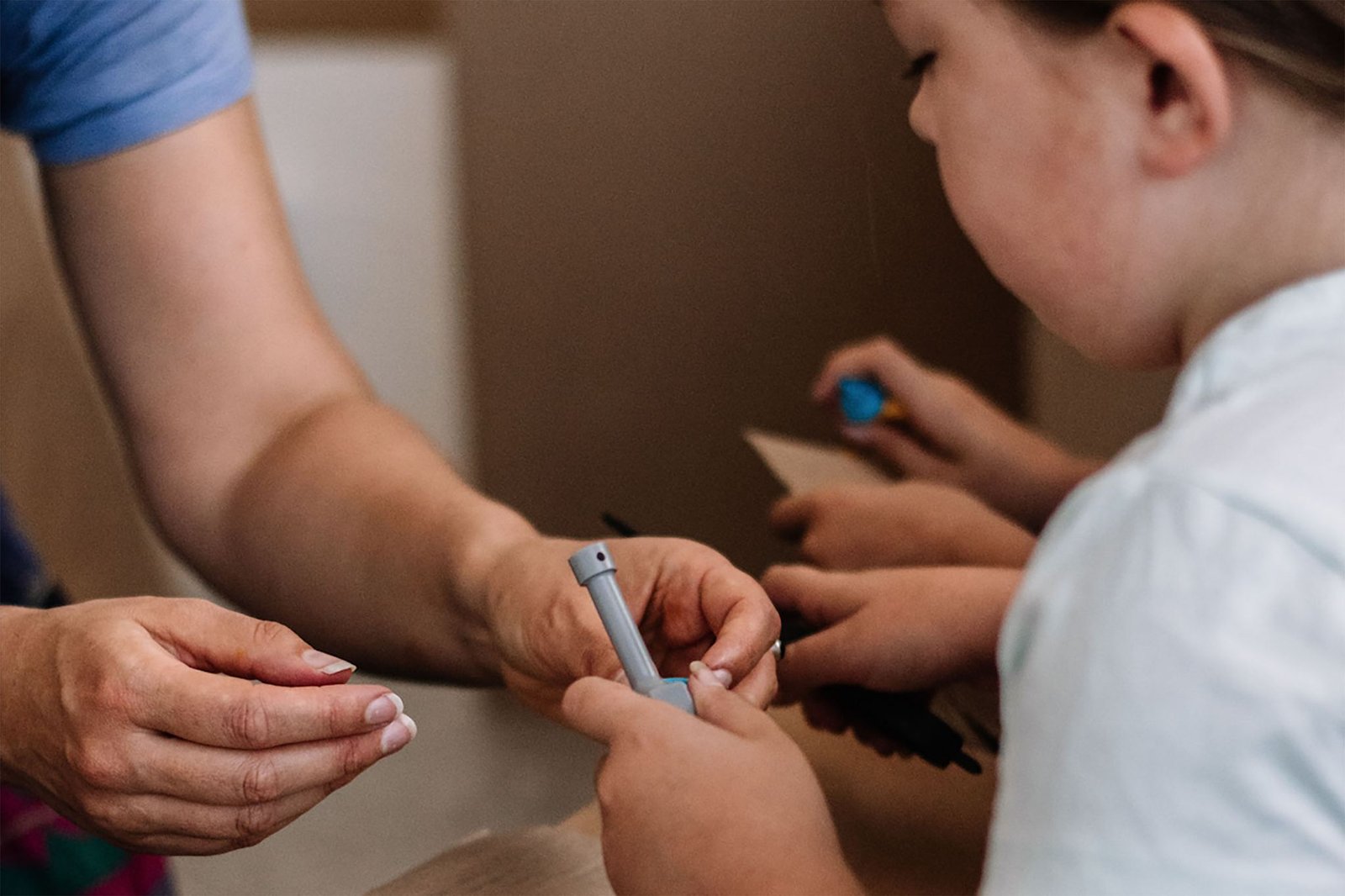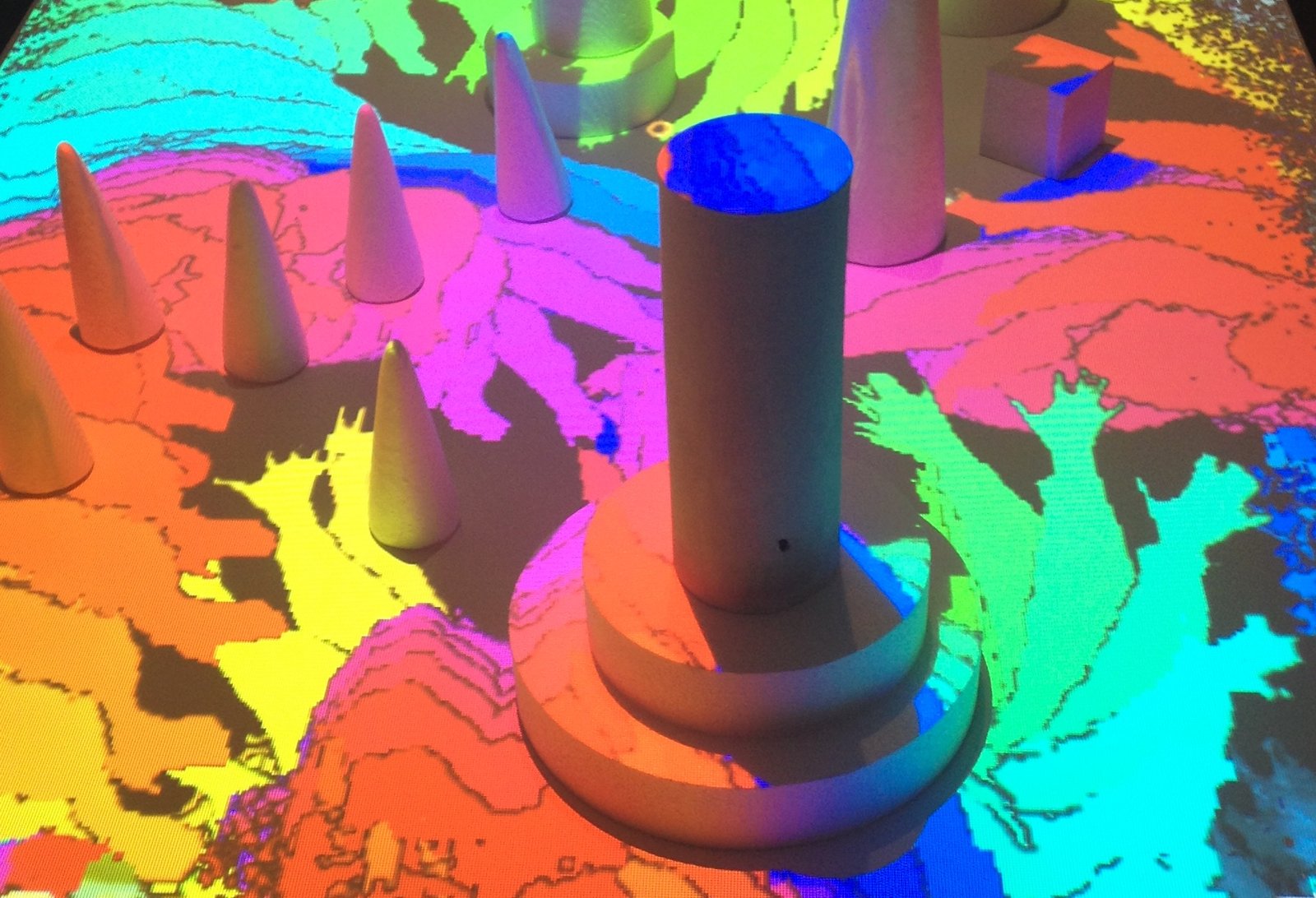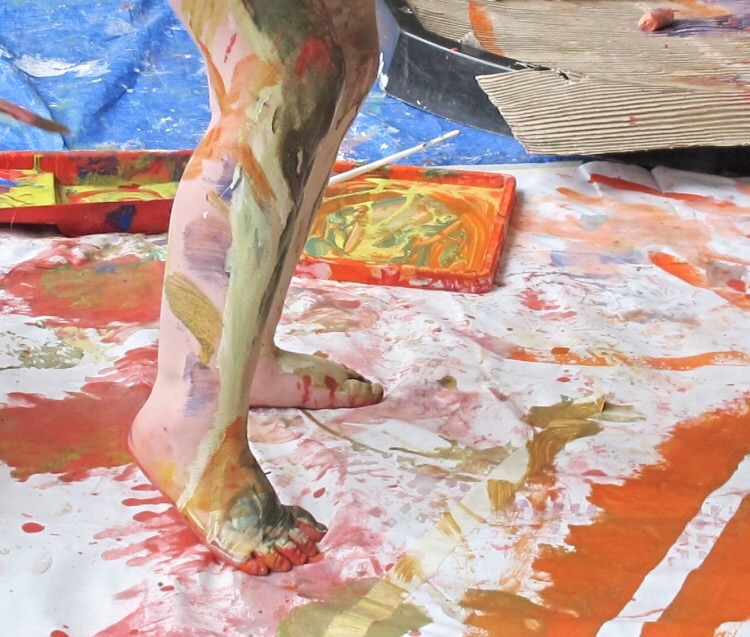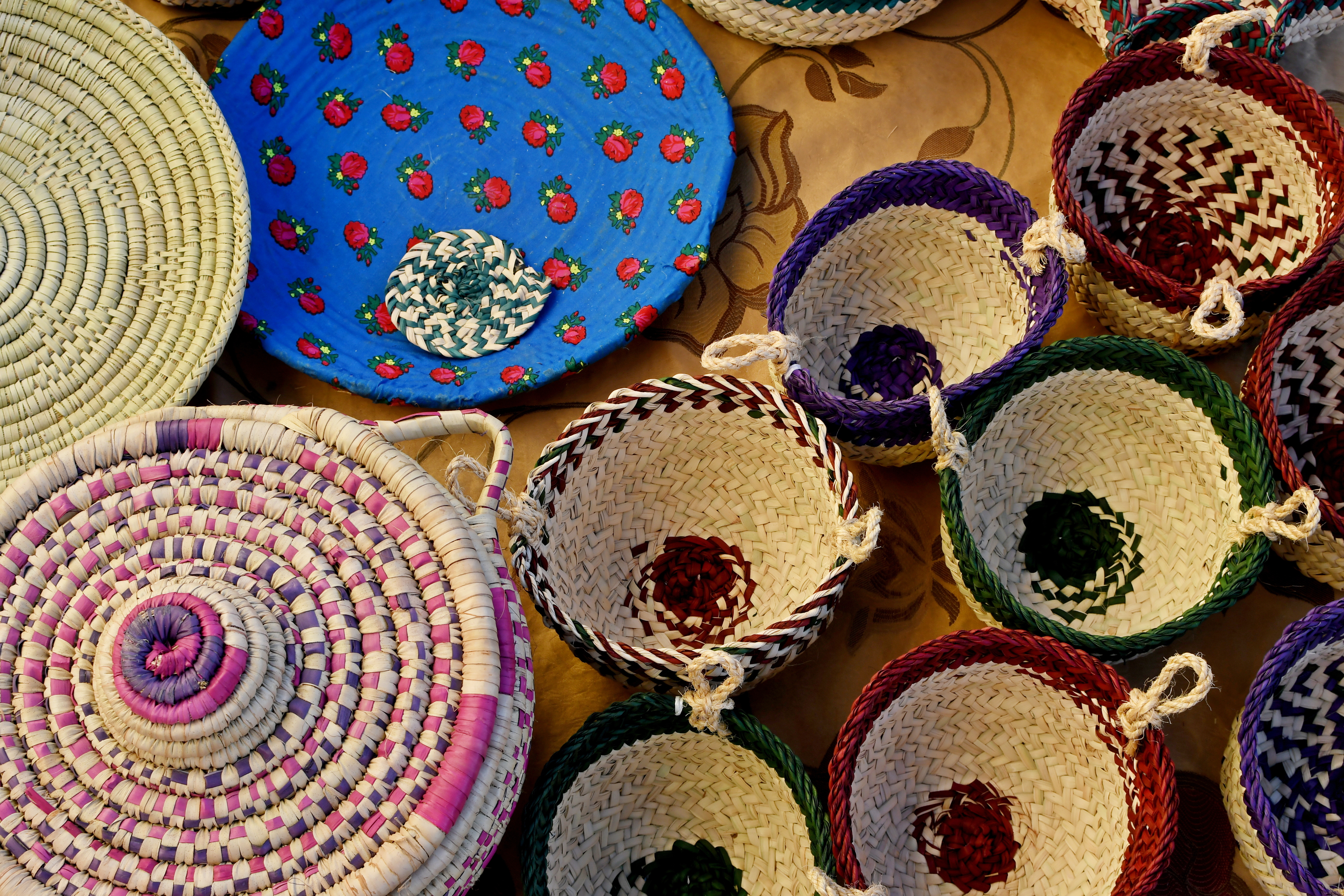Picture this: A 5-year-old boy has got a new pair of school shoes and is learning how to put them on. He can loosen the laces, slip his foot inside, but does not know how to tie the laces. The child and his father watch a YouTube clip of how to do the shoelaces up. They then have a go at doing the activity together where the father instructs the child on how to weave and tighten the laces step-by-step. It is a success. Each day that follows, the father reduces the intensity of instruction on how to tie the laces until the child can do it independently. The father has scaffolded his child’s learning through the Zone of Proximal Development. Scaffolding children’s learning can involve showing them how to use new art tools What is scaffolding? Scaffolding is an education term that refers to the guidance and skills a…
How to arrange materials to support children’s learning
Children’s play with sensory-rich, loose part materials can be an important part in creative learning. How these materials are spatially arranged may also dramatically influence how a child takes up and explores them. Below are three practical tips for arranging materials to support children’s imagination and curiosity. I have put these together based on my own experience working as an artist and educator with young children. It would be great to hear what others find useful when laying out materials for children so please comment below! Layout materials to encourage social interactions Vygotsky talks about the importance of social interactions in facilitating learning amongst groups of people (Vygotsky, 1980). As a child’s peers, teacher or parents may have more advanced understandings or abilities in relation to a particular skill, concept or task, a child’s interactions with them may allow for new knowledge to be produced. Social interactions between groups of people may…
Vygotsky on collective creativity
This post shares Vygotsky’s idea of collective creativity, a concept presented in his article ‘Imagination and Creativity in Childhood’. I firstly talk about how he defines creativity and imagination. I then use these understandings to consider how children’s creativity emerges through play. Lev Vygotsky (1896 -1934) was a Soviet psychologist who researched children’s learning in social and cultural contexts. In particular, his theory of ‘social constructivism’ discussed the importance of social interactions in children’s cognitive development. Vygotsky was also very interested in creativity and imagination how these were understood in education. What is creativity? Vygotsky believed that creativity arises from any human activity that produces something new. Creative acts could produce anything from physical objects to a music score to a new mental construct. Creativity is therefore present when major artistic, scientific and technical discoveries are made. It is also existent whenever an individual alters, combines, images or makes something new.…
3 tips for scaffolding children’s play with materials
Children’s play with materials is important as it allows them to think and learn in different ways. As a child’s creativity is always limited by what they do and do not know, scaffolding can open up new opportunities for more complex learning over time. Scaffolding is a term that was first coined by Vygotsky (1978) who described the process as something that allows children to move their current level of understandings to a more advanced one. This process helps children to undertake activities that they usually would not be able to without the help of others. Teachers and parents often do a lot of scaffolding in children’s lives. They teach children how to brush their teeth, share with others and read. Children’s peers, technology and information resource like a YouTube video can also scaffold children’s learning in different ways. Scaffolding is important in children’s play with materials as it allows…
How to use demonstrations to support creativity
This post explores ‘demonstrating’ as a technique for facilitating children’s learning with and through art in museums.
Sharon Shaffer discusses children’s learning with museum objects
Young children have become an increasingly important audience for museums around the world. While many cultural institutions offer something for children, approaches and practices towards this audience vary dramatically across the sector. In this post, early childhood and museum education specialist Sharon Shaffer shares her top tips for connecting young children with museum objects. Sharon was Director of the Smithsonian Early Enrichment Centre (SEEC) for 24 years. The SEEC is a lab school in Washington D.C. with a museum-based curriculum. Children attending the Centre visit and learn in the various Smithsonian museums every day. The post begins with Sharon telling us a little bit about her background in museums and education. The two of us then discuss topics such as the importance of scaffolding in children’s learning, how learning can be evaluated in museums and the need for flexibility in the design of early year’s education activities. Sharon’s background in…







